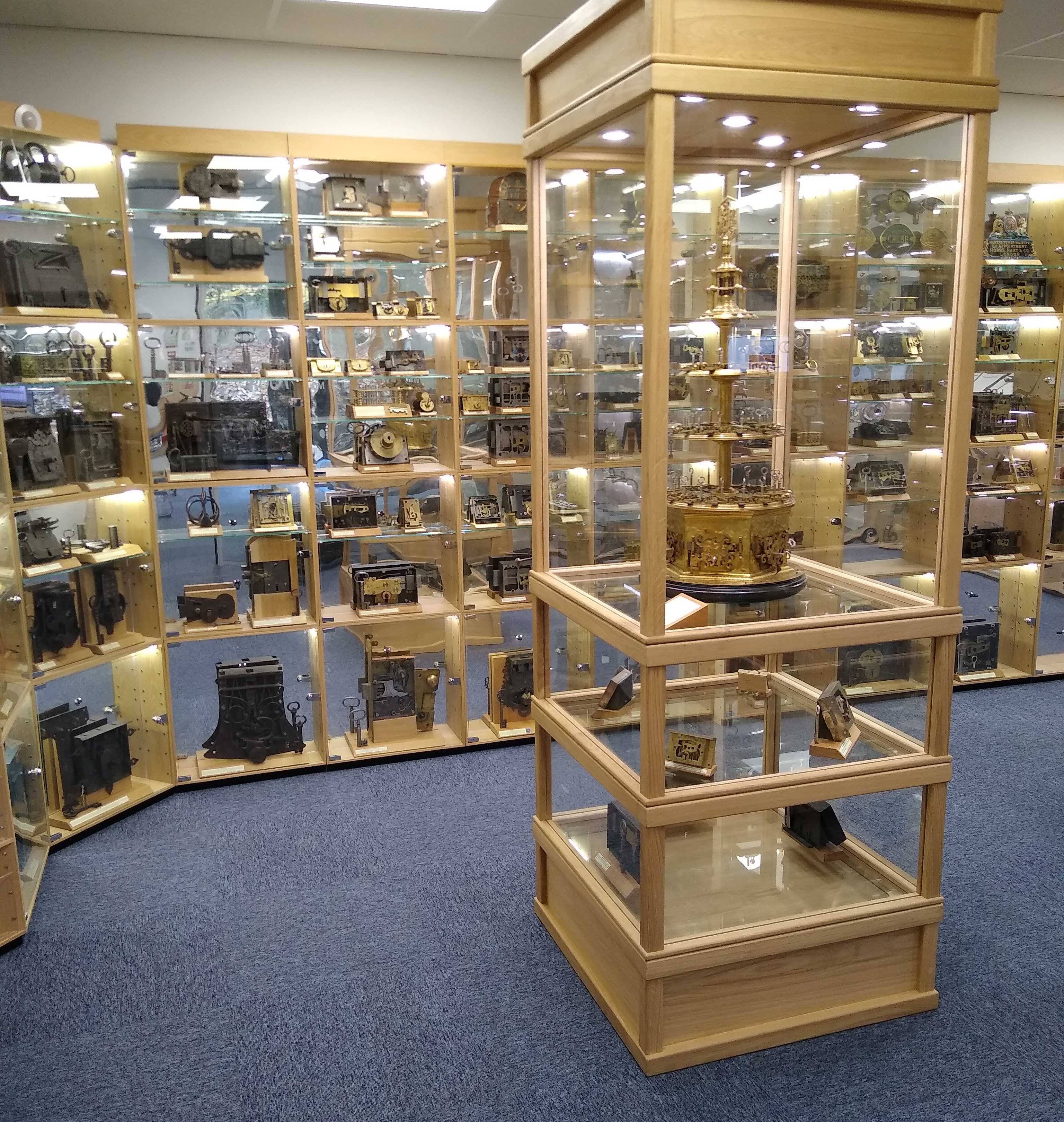Thread: Phillips & Son + E Cotterill
-
28-05-21, 06:25 PM #11
-
29-05-21, 06:27 AM #12

In the archives of the Chubb Australian company I have seen documentation that confirms that at least some of the Chubb Commerce safes (of the 1900 vintage) where made by Cotterill.
-
29-05-21, 12:38 PM #13

Hello Paul,
I've been revisiting my archives to see where I may have been mistaken in believing that Edwin Cotterill did not actually manufacture safes.
What I find is that the name Cotterill was only the flag at the top of the mast. During the 1870's and 80's the company appears to have been under the leadership of Henry Fear as it was he who entered into the many disputes and challenges of the day, all in defense of the unpickability of the Climax Lock.
Then I find that at one time the Proprietor of the Cotterill Company was George Titterton, the safe maker. I cannot sort out the respective dates.
This leaves me to still believe that all the safes under the Cotterill badge were out-sourced.
I also found that the agent for Cotterill in AU was an R W Warrell of Melbourne.
Regards .... John.
-
29-05-21, 08:12 PM #14

I am afraid that I do not understand the logic.
most of these large manufacturers made a variety of products from shells during wartime to sewing machines and pumps (Chatwood) and I have seen clay pipe moulds by Cotterill as well as the sawdust Chatwood firesafes.
The thing about the Chatwood safes is that they did not have Cotterill locks or branding and almost hid the name on the plaque which is suggesting they made the safe but took the flag down, folded it and had almost put it in a drawer.
-
30-05-21, 02:17 AM #15
-
30-05-21, 03:55 PM #16

[QUOTE=Tom Gordon;32652]
[LIST=1][*]
I am afraid that I do not understand the logic.
I have attached another example of the great similarity between some Cotterill and Chatwood safes in the 1880's when Henry Fear was still in control.
This shows the Chatwood Patented curvilinear rebate as before, has more or less the same body "T" frame and door specification as the Chatwood List 3 "Strong Holdfast" and also the anti-wedging studs on the door engaging with slots in the inner body. Chatwood Patent #3265 of 1866.
The feature on the opposite page is yet another example of Mr Fear's many confrontations with his competitors.
Having a fully bent body suggests this is an early 20th Century model of a strength equivalent to the Chatwood List 2 or Merchant Quality with a ¼" body and ½" door plate. Although the coach painted lining on the body and door looks very Chatwood, the serial number painted on the top pivot almost clinches it. George Titterton now in charge.
I believe the Company disappeared off the scene around 1930.
-
30-05-21, 04:48 PM #17

[QUOTE=safeman;32654]It must be remembered that the Chatwood fire resisters were probably made before Chatwood actually made safes. Over the years there were many partnerships in the lock and safe trade and staff with itchy feet and I would imagine that it was to every bodies benefit to sometimes share manufacturing
-
31-05-21, 10:37 AM #18

[QUOTE=Tom Gordon;32655]Tom, you're dead right there as in the case of Chatwood's partner William Dawes who left him for George Price in 1862 and his lock expert Robert Parkin who disappeared a few years later.
Sharing manufacturing as you also say was prevalent. John Tann out-sourced about 50 List 2a safes to meet a large overseas order to Wastell Bros. also East London. Even many of the light doors in the London Silver Vaults were made out by Hobbs Hart to save disrupting normal production.
I was wondering about your Resistor on which the lockcase/chamber appears to be attached by concealed side screwing unlike most if not all other makes bolted on from the back. Surprising to see Chatwood using the "safe bind, safe find" on their plate like Whitfield.
You may already have seen the attached Chatwood & Dawes page. I believe the name stuck for a couple of years after he left. Too mean to have new Lists prepared ?
The Advert is marked 1860 I think.
Good to have someone to 'talk' to. Quiet here isn't it? (Just spotted unintentional Aubin/Chatwood lock Attached Thumbnail which won't delete..)Last edited by safeman; 31-05-21 at 10:43 AM.
-
31-05-21, 06:23 PM #19
-
31-05-21, 07:08 PM #20
Thread Information
Users Browsing this Thread
There are currently 1 users browsing this thread. (0 members and 1 guests)





 Reply With Quote
Reply With Quote








Hey all, Firstly thanks for your time and efforts. i acquired this Tann safe and was hoping to get some info on it like model and the type of combinations locks they are so I can look into...
Safe ID Tann.